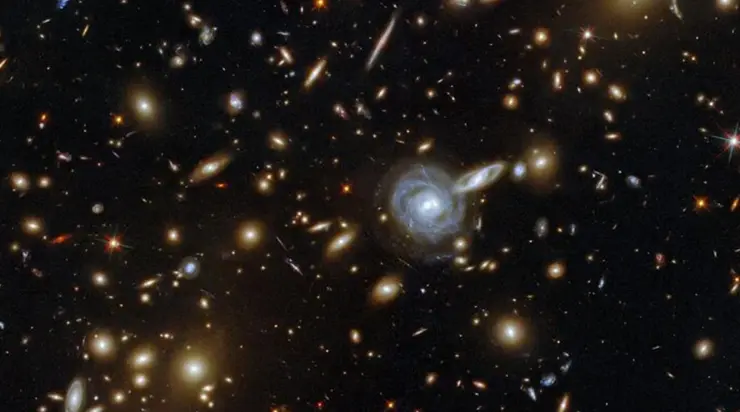Scientists have discovered what young planets actually look like
British researchers have used computer simulations to simulate the formation of planets and discover what they actually look like at the beginning of their existence. According to Newsweek , scientists have found that when new planets form around stars, they have a flattened shape, like jelly beans.
Researchers from the University of Central Lancashire used computer simulations to model planet formation. To develop their models, the team used an astrophysics concept known as disk instability theory – where planets are formed in short order by the breakup of large rotating disks of dense gas and dust orbiting young stars.
The researchers say this is the first time scientists have looked at the shape of newborn planets in simulations as they form.
As the researchers note, these planets were always thought to be spherical, but instead they turned out to be oblate spheroids, much like jelly beans.
Scientists have also discovered that new planets grow when new material falls on them, mostly from their poles rather than their equators. According to them, the results are important, especially when observing planets through a telescope, since their shape changes depending on the viewing angle.
The researchers say the observations confirming the jelly bean-like shape of young planets could also help answer a key question about how they form.
There are two theories of planet formation. The first and most common is the core accretion model, in which dust particles gradually grow and clump together to form large planets over a long period of time.
But while this theory does a good job of explaining the formation of planets like Earth, it doesn’t fully explain the formation of gas giants – much larger than Jupiter – because the process would take too long. The second theory, disk instability, is less popular but could explain the creation of larger planets in the shortest possible time.
And the British researchers argue that their work points specifically to a model of disk instability, and not to a model of core accretion.



